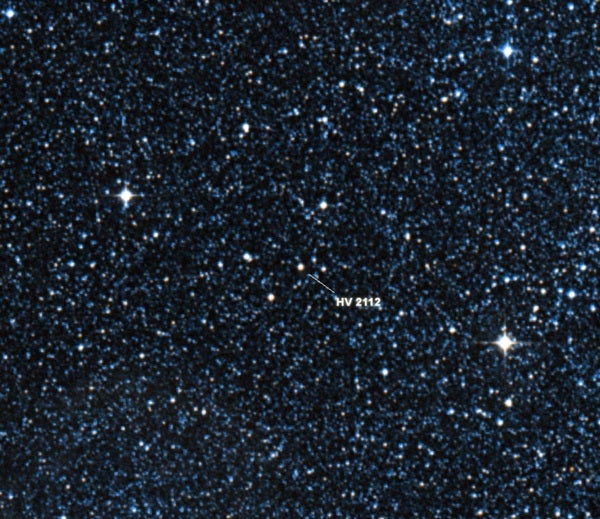TZOs are thought to be formed by the interaction of two massive stars — a red supergiant and a neutron star formed during a supernova explosion — in a close binary system. While the exact mechanism is uncertain, the most commonly held theory suggests that during the evolutionary interaction of the two stars, the much more massive red supergiant essentially swallows the neutron star, which spirals into the core of the red supergiant.
While normal red supergiants derive their energy from nuclear fusion in their cores, TZOs are powered by the unusual activity of the absorbed neutron stars in their cores. The discovery of this TZO thus provides evidence of a model of stellar interiors previously undetected by astronomers.
“Studying these objects is exciting because it represents a completely new model of how stellar interiors can work,” said Emily Levesque of the University of Colorado, Boulder. “In these interiors, we also have a new way of producing heavy elements in our universe. You’ve heard that everything is made of ‘star stuff’ —inside these stars we might now have a new way to make some of it.”
The astronomers made their discovery with the 6.5-meter Magellan Clay Telescope on Las Campanas in Chile. They examined the spectrum of light emitted from apparent red supergiants, which tells them what elements are present. When the spectrum of one particular star — HV 2112 in the Small Magellanic Cloud — was first displayed, the observers were quite surprised by some of the unusual features. “I don’t know what this is, but I know that I like it,” said Nidia Morrell of the Carnegie Observatories in La Serena, Chile.
When Levesque and her colleagues took a close look at the subtle lines in the spectrum, they found that it contained excess rubidium, lithium, and molybdenum. Past research has shown that normal stellar processes can create each of these elements. But high abundances of all three of these at the temperatures typical of red supergiants is a unique signature of TZOs.
“I am extremely happy that observational confirmation of our theoretical prediction has started to emerge,” Zytkow said. “Since Kip Thorne and I proposed our models of stars with neutron cores, people were not able to disprove our work. If theory is sound, experimental confirmation shows up sooner or later. So it was a matter of identification of a promising group of stars, getting telescope time, and proceeding with the project.”
The team is careful to point out that HV 2112 displays some chemical characteristics that don’t quite match theoretical models. “We could, of course, be wrong,” said Philip Massey of Lowell Observatory in Flagstaff, Arizona. “There are some minor inconsistencies between some of the details of what we found and what theory predicts. But the theoretical predictions are quite old, and there have been a lot of improvements in the theory since then. Hopefully our discovery will spur additional work on the theoretical side now.”










